Emigration was on the rise as more jobs were created in town. Most of the emigration was from Eastern Europe in countries which were undergoing political and social turmoil. Each of the ethnic groups which populated the town added their own cultural flavor to the shops, stores, and recreation.
Colson's clothing store opened in 1880 and operated for 112 years. During that time, it was the main clothier for the town with fashions and bargains. It was also during this time when they hired bi-lingual clerks to help with the ethnically diverse community of St. Charles. Belgian, Lithuanian, and Swedish-speaking clerks assisted the newly emigrated citizens of St. Charles.
Between the years of 1840 to 1884 a land shortage in Belgium made emigrating to the US necessary for survival. The Belgian community came to St. Charles from Moline, IL to work in the Moline Malleable Iron Company founded in 1893. There was even a section of St. Charles called "Belgium Town" in which most of the community lived. Belgians contributed in many ways to the town, one way being the game Rolle Bolle: a cross between horseshoes and bowling. Even today, you can still play at Ray’s Evergreen Tavern.
The Lithuanian community came to St. Charles around the turn of the century as a result of persecution from their violent homeland. They primarily worked as unskilled laborers in factories. The Cable Piano factory, moved from Chicago to St. Charles in 1901, was the world's largest piano maker. At a rate of 35 per day, the factory produced fine quality pianos and piano accessories until 1937. The Piano Factory employed the bulk of the population of Lithuanians. Many of the Lithuanians in Chicago at that time were Jewish, but generally they were Christian in St. Charles. The Jewish-Lithuanians in St. Charles would have practiced at the Elgin Synagogue, which was opened in 1896. Most of the Lithuanians lived near "Belgium town."
An example of a prominent German industry in town was the cut glass factory of the Heinz Brothers. It operated from 1905 to 1927 by Richard, Emil, and Otto Heinz. The factory was known internationally for its beautiful cut glass and expert craftsmanship. Heinz Cut Glass was among the finest cut glass in the world.
The Gartner Bakery was another important part of the history of St. Charles. Joseph Gartner, a native of Germany, opened an ice cream, bakery, and restaurant in 1890. This business soon expanded into a second bakery, and then closed in mid-1900s. Gartner’s was famous for its five cent dish of ice cream and twenty-five cent Sunday chicken dinner.






